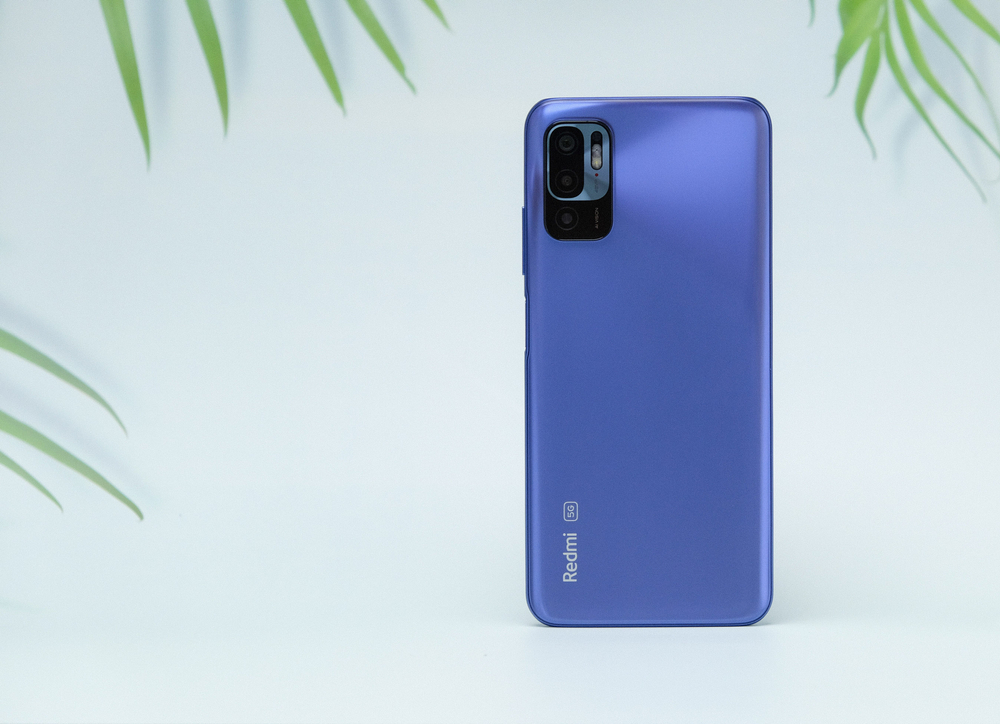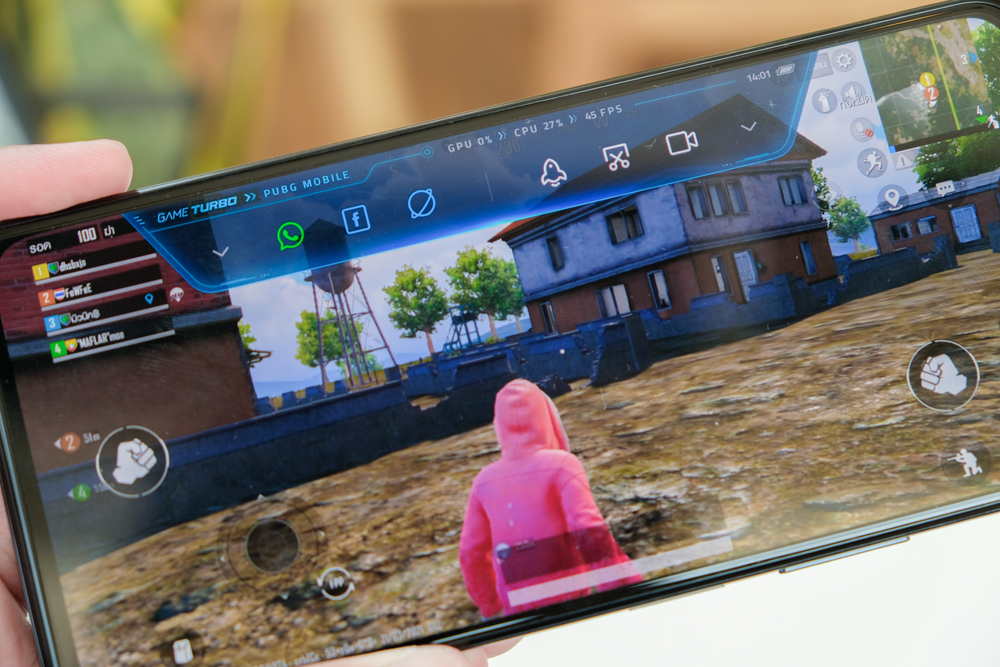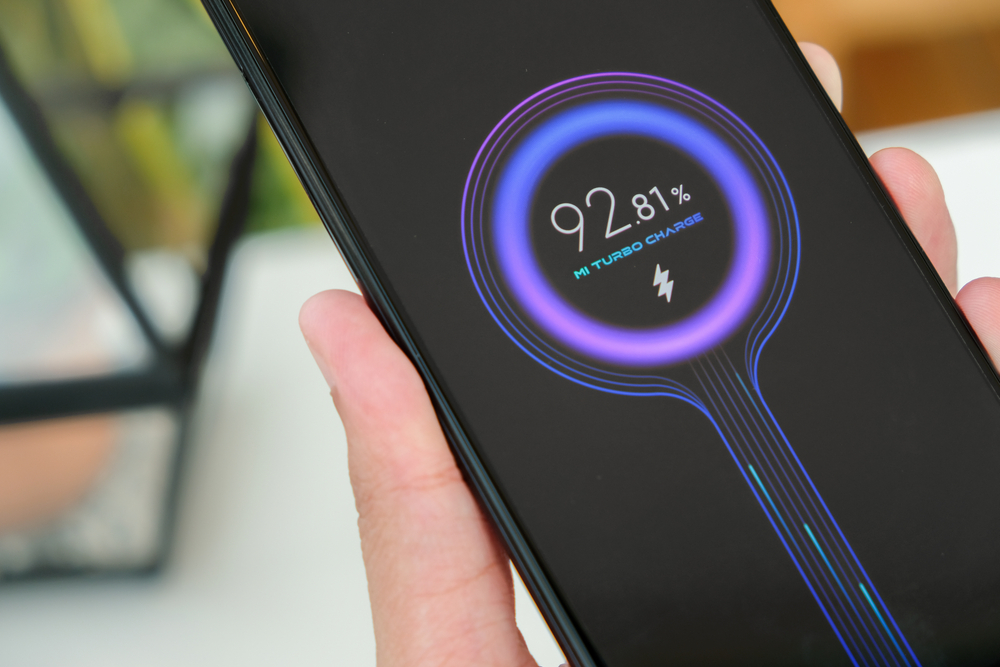Following the release of Xiaomi’s Redmi Note 10 5G in March 2021 (along with a Pro version), the smartphone giant initiated its sales with its Global version in Singapore from the 29th of May.
Only one variant is available at the moment – 8GB RAM + 128GB Storage priced at approx. SG$325 – and listed on Singapore sites.
The model is also available with authorised Mi Dealers. The 5G model is available in four colours, and though the Mi Global site displays multiple variants, it is unclear if any variant besides the 8GB+128GB will be sold in Singapore. The sale of this model comes just in time as Singtel and StarHub prepare 5G standalone networks for launch in Singapore.
As a limited-period offer, every purchase of the phone from authorised retailers will include an exclusive free gift package of a Redmi Note 10 5G T-shirt, Mi True Wireless Earbuds Basic 2 and 6-months screen protection warranty while stocks last.
This offer will last until August 28th.
Red White Mobile Redmi Note 10 5G Singapore Price
Redmi Note 10 5G Singapore in a Nutshell:
Not unlike the other 5G handsets in the Redmi series, the Redmi Note 10 5G is also powered by a MediaTek chip. For the Global version, available storage options would be 64GB and 128GB, with a RAM of 4GB or 6GB. The 8GB+128GB variant is exclusive to the Chinese version at the moment. The phone carries Dual-SIM 5G, which means both SIM slots can support 5G connectivity.
It comes with a 6.5” FHD display, protected by Gorilla Glass 5 and sporting an 8MP front camera in a punch-hole notch and an in-line 48MP + 2 MP + 2MP triple camera setup in the rear. The front camera also serves the AI face unlock feature. A capacitive, side-mounted fingerprint sensor makes it easier for users to perform gestures and scroll up or down.
Besides the classic shades of Chrome Silver and Graphite Gray on the curved-edges body, Mi also offers us this smartphone in Aurora Green and Nighttime Blue. The model retains the 3.5mm headphone jack that makers of many counterparts with a Type-C socket have chosen to do away with in recent times. The 5000mAh battery promises 22 hours of video playback on full charge, and the box comes with an 18W fast-charging adapter. The NFC feature would enable contactless payments and Mi also ensures that it will support Google Pay. This would come as a relief to users who are trying to acclimatize to the pandemic rules.

The 360° ambient light and proximity sensors, gyroscope, accelerometer and electronic compass remain standard. The IR Blaster can be used to operate the constantly updated list of infrared devices via the Mi Remote App. The IR remote app is part of the Mi Home application, which enables control of smart devices.
The MIUI 12 interface based on Android 11 is secured by the “Android Enterprise Recommended” tag, which might lead stock Android fans to give MIUI a shot. The MIUI 12 is an impressive upgrade to the previous versions: built-in app animations, intuitive visuals, super wallpapers and separate swipe-down windows for notifications and toggles, which Mi has termed as the Control Centre. At 190g, the phone does tip the weighing scales to the heavier side, but this could be overlooked for the features that this Redmi, a budget-conscious sub-brand, packs
. In the box, you will find, besides the handset, an adapter, a USB Type-C cable, SIM Eject Tool, a protective case, quick start guide and Warranty guide.
Redmi Note 10 Design & Display:
Not much has been changed from the 4G version of the Redmi Note 10 in terms of design, save the camera housing, owing to the quad-camera being replaced by a triple camera module. The design language used has been termed Evol by the company, the ensuing style of design showcasing a Polycarbonate back and a rectangular camera module.
This evolves from the Aura Design Language, which was the blueprint for the previous Redmi models. The colours on offer are similar, albeit different to what’s available on the 4G version. The AdaptiveSync display in use in this version may help reduce battery usage, as the refresh rate varies between 30Hz, 50Hz, 60Hz and 90Hz depending on what the handset is being used for at the moment.
For Example, the display would adapt to 90Hz while gaming and to 60Hz while streaming videos. However, enthusiasts would be remiss if they opted for the Note 10 5G AdaptiveSync display instead of the 120Hz refresh on the Note 10 Pro.
An upgrade on the Reading Mode is available in the Redmi Note 10 series which provides different pre-sets such as ‘Classic’ and ‘Paper’ within the display setting. With the change in chipset and display, the 5G version is 10g heavier while the dimensions with a thickness of under 9mm remain uniform among the Redmi 10 devices.

Introducing EVOL DESIGN
Software & Performance:
The common conception that MediaTek processors are priced lesser than Qualcomm’s may prove to be true, as Xiaomi has opted for MediaTek in its 5G version and is able to price it at similar prices to the 4G versions.
The MediaTek MT6833 Dimensity 700 is equipped with an octa-core CPU and clocks up to 2.2GHz, and the ARM Mali G57 GPU will provide a smooth gaming experience, clubbed with the 90Hz AdaptiveSync Display.
The processor has been manufactured using 7nm technology, thus contributing to power saving and speed improvement (known benefits of 7m technology). As per the Global site, the Note 10 5G will be available in three versions of LPDDR4X RAM and UFS 2.2 Storage: 4GB+64GB, 4GB+128GB and 6GB+128GB.
The speed with the DDR4 RAM would not hinder opening of and switching between multiple apps, as we have received positive reviews on the same memory modules already used in the Note 10. The battery is expected to last a day on full charge.
Expectations on the software can be set based on the feedback from the other Redmi phones running on MIUI 12. The interface boasts of multiple features: Floating Windows, animated UI, control centre, Always-on display, and more.

The settings have been made easier to navigate through and manage, notably, the settings page. Display modes such as Dark and Light mode, reading mode and customizable homepages now seem to be made common among all Mi devices.
The built-in Game Turbo App which automatically fires up when you open a game, boosts performance settings and also has a toggle panel to open floating windows, accessible while still running the game. So, feel free to pause your game and reply to that text. The MIUI 12.5 upgrade should be rolled out by this year, but Xiaomi keeps mum on the release date while they try to fix bugs with the current MIUI 12 versions.
The Mi AI continues to elude the rest of the world as it only works with Mandarin and is available only on the Chinese version and we hope to see other languages added to it soon, so that it can be extended to the global versions.
Camera:
The triple camera setup has a 48MP, ½” sensor as the main camera, but does not have wide-angle capabilities. The auxiliary cameras are 2MP each: a macro sensor and a depth sensor.
This combination is found in the Note 9T, also a 5G handset with a MediaTek processor. If we were to expect the same output as the Note 9T, photography amateurs will not be too pleased with the results.
The Macro lens will let you get those close-up shots, but the depth sensor which is supposed to reduce blurring in the background does not hit its mark. While the auto focus may be a bit touch-and-go, the main camera takes decent shots. Don’t forget that the camera takes pictures at 12MP by default, and the 48MP pictures would be available under a separate mode.
The 48MP shots take up a lot of space, and it would pay to be selfish especially if you opt for the 64GB storage variant. Close-ups with the Note 9T showed a bit of colour blending, but the night mode is expected to work nicely enough.
It is easy to get carried away by expectations, but we ought to remember the price tag on this model. That said, video recording at 30fps in 1080p resolution will prove to be sufficient, and 4K would be one of the sacrifices made to accommodate 5G in this gadget. Slow motion, Time Lapse, Macro video, AI camera, Movie frames and other the usual Mi camera features are, of course, still a part of the camera package by Mi.
The punch-hole notch has only an 8MP front camera, the least powerful among the Redmi 10 series. It still holds the usual features offered by Mi: Timed burst, AI Beautify, portrait mode with bokeh and depth control, movie frame. Video recording is available at 30fps with 1080p res with the front camera as well.
Battery:
The 5000mAh battery comes with an 18W fast-charger. The wattage on the adapter differs from recent Mi phones, which come with a 30W or a 33W charger, because the power delivery system used by the chipsets are different.

MediaTek uses their trademarked PumpExpress system, which runs with 18W adapters, and Qualcomm’s Quick Charge system usually uses up to 36W. Technicalities aside, the 5000mAh battery holds good for a day on the 4G version when fully charged, with 7 hours screen time.
It would take 75 minutes of charging for the phone to get to 100%, or 70-80% in an hour. Xiaomi’s laboratories claim 16 hours of gaming or 22 hours of video or 178 hours of music on a single charge.
Who is this phone for:
Xiaomi has succeeded time and again in launching models at the right price, and this time would be no different. With 5G technology at the cusp of blowing up as the only network in the world, smartphone manufacturers and consumers alike are going to turn towards 5G enabled devices. This shift in preference would be linear in nature and buyers will seek out 5G technology without paying attention to advancements, or lack thereof, in other subfields of the smartphone industry.
That said, this phone is for you if:
- You are constantly on the move domestically or internationally for work or otherwise, and require high speed internet at all times,
- You are someone who gets on the bandwagon as quickly as possible, and you don’t want to miss out on the start of something new,
- You use your phone for utilitarian purposes and do not have heavy requirements from your device,
This phone is not for you if:
- You are looking to initially only observe how the market reacts to new technology
- You expect higher specs along with a 5G device for sub-SG$400 range
- You are an enthusiast who looks to get the most out of your smartphone choices; you would have to wait for 5G enabled devices to evolve
Final Verdict:
In comparison to the 4G version, Xiaomi seems to have sacrificed a few features to accommodate the 5G technology; The Snapdragon 678 has been replaced by Dimensity 700, which one could argue may not be the best choice offered by MediaTek. The 8MP ultra-wide camera from the quad-camera setup has been left-out, leaving behind a triple camera.
The 13MP front camera has been replaced by an 8MP one. In fact, the features between the Note 10 4G and 5G versions are so distinct that Mi could have done good to rename the model afresh.
However, the brand has now successfully provided a much cheaper 5G option than its Huawei or Samsung counterparts or, for that matter, its own Mi 11 which is priced at more than SG$1000, The Note 10 5G is certainly not a flagship model, nor a head-turner in terms of design, but it will certainly get the job done.
While hard-core Mi fans may be disappointed by the specs, Xiaomi remains focussed on the practicality. It may be perceived as just an instance where Xiaomi adds another product to the Singapore market with a reliable, affordable 5G enabled phone, but it is sure to set things rolling for the next revolution in the smartphone market.
Table of Contents

